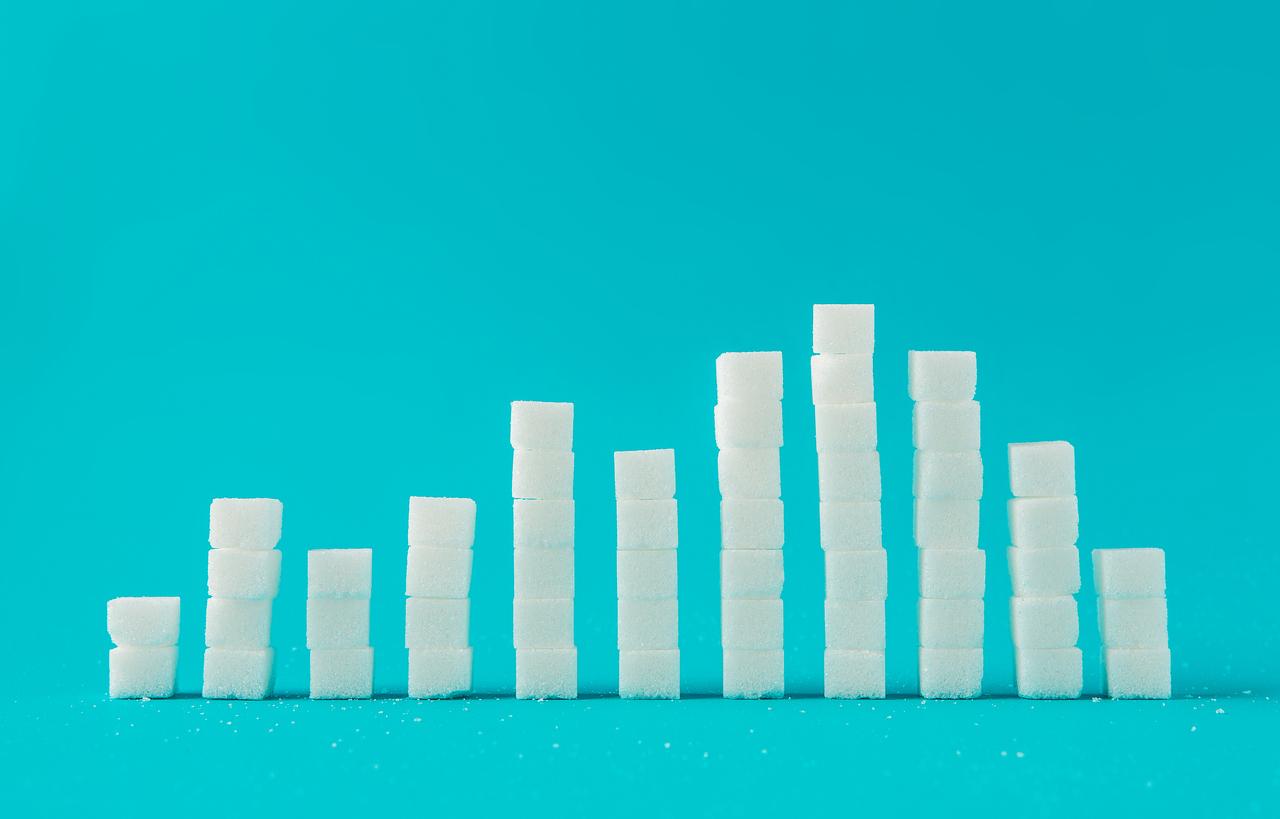At the end of the year, the 60 million consumers association focused its attention on our cosmetics: shampoos, deodorants, moisturizers, toothpastes… vsThere are a total of 160 products from around a hundred brands, dFrom supermarket classics (Garnier, Dove, Le Petit Marseillais, etc.) to products from specialized brands (Sephora, Yves Rocher), including private label, luxury or organic brands. that have been tested. The results are presented in its latest special issue, “the cream of cosmetics, how to choose the safest“.
One in three “preferred” products
Good news: of the 160 or so cosmetics reviewed, 50 are “preferred”. These products contain no or very few ingredients that are problematic for health (less than five allergens, for example). Their manufacturers have selected the least irritating foaming agents (surfactants) and have excluded substances derived from petroleum chemistry in favor of natural compounds in sufficient quantity. “No need to pay dearly for a safe formula: among these, several display a low price and / or carry a private label (Leclerc, Intermarché). Monoprix is doing particularly well, with its organic Make-up ranges , Monoprix Bio “insists the association of consumers.
Still too many allergens
But two-thirds of the remaining products mostly display “for lack of better” and “to be avoided” synonymous with undesirable ingredients.
“In shower gels and shampoos, we regret the too frequent use of sodium lauryl sulphate and ammonium lauryl sulphate, surfactants which irritate the eyes and the skin and are toxic to aquatic life”, underlines 60 million consumers. “Many manufacturers also have difficulty limiting the allergens provided by perfumes, essential oils, or other ingredients, such as certain preservatives, which can be sensitizing “.
Foundations are problematic
It is the foundations that win the prize for problematic products: 7 out of 12 are classified red. In particular, the presence of substances suspected of disturbing the hormonal system (BHT, ethylhexyl methoxycinnamate UV filter, etc.) present, in low prices as in luxury brands.
However, these are only products that have already been tested before being placed on the market: the red flag pulled by 60 million consumers should alert the quality of certain products, but not panic users. To help yourself recognize the ingredients and their potential dangers on a daily basis, without examining the labels for hours, you can also use the Yuka application by scanning the barcode.
Also read:
- Which detergent is better to use? 60 million consumers respond
- 10 “clean” makeup removers according to the UFC What to choose
- Slow-cosmetics: 7 beauty recipes with coffee grounds























